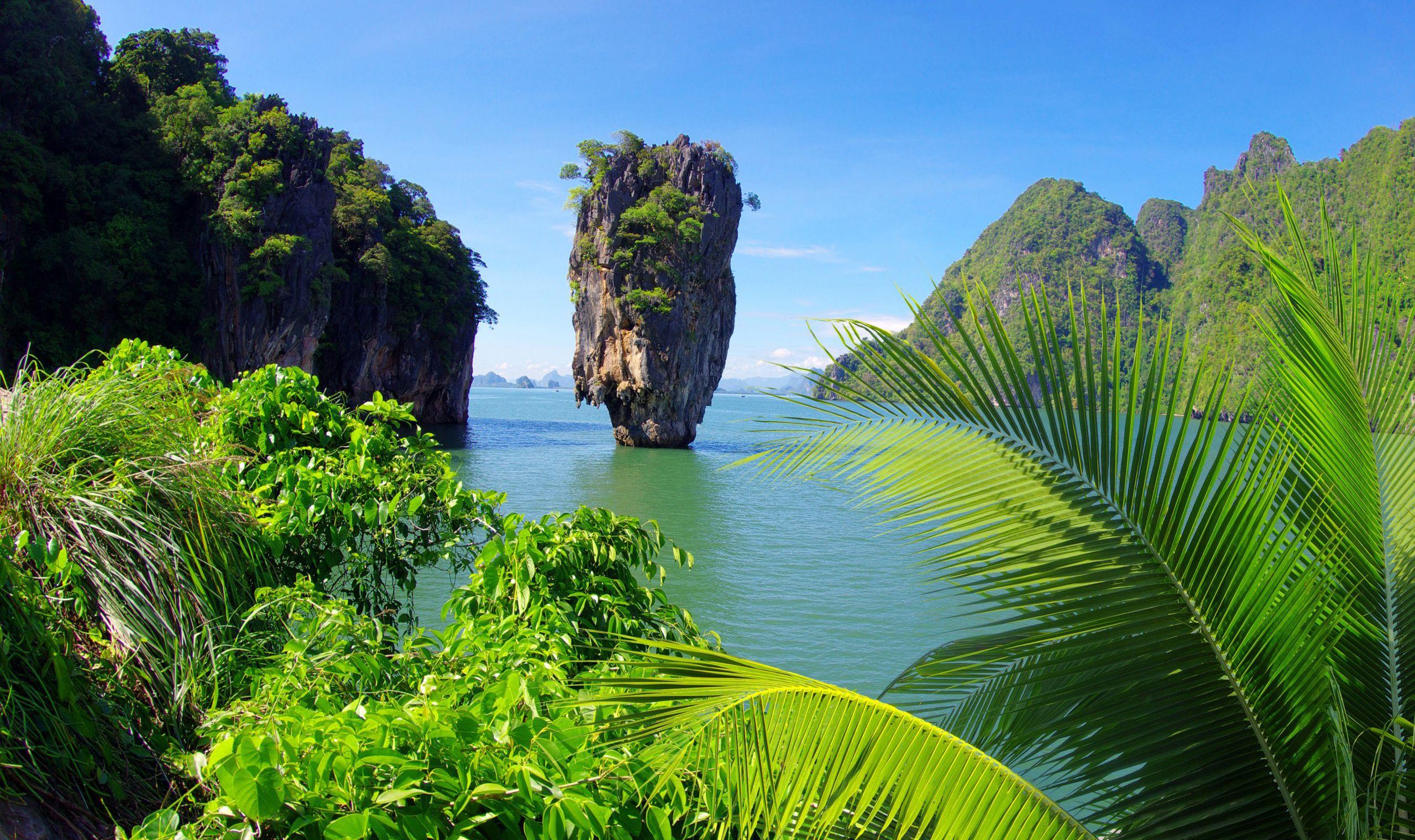Situated in the western Pacific Ocean, an area often perceived as merely a tropical paradise, Guam harbors a wealth of intriguing facts that often elude the casual observer. While many may be familiar with its picturesque beaches and lush landscapes, a deeper dive reveals a tapestry of cultural and historical significance woven into its very fabric. Here are two captivating insights about Guam that may surprise and enchant you.
1. The Unique Linguistic Heritage of Chamorro
Language serves as a window through which one can glimpse the soul of a people, and Guam’s native Chamorro language is no exception. This linguistic treasure is more than a mode of communication; it embodies the rich tapestry of Guam’s indigenous identity and its complex history of colonization and resilience. With roots tracing back over 4,000 years, Chamorro is a linchpin of the island’s culture, serving not only to convey ideas but to preserve traditions from the past.
When we hear the Chamorro language, we hear the echoes of ancestors who once navigated vast oceanic expanses, using the stars, winds, and currents as their guide. For many Guamanians, speaking Chamorro is akin to wrapping oneself in a vibrant quilt that tells stories of survival, resistance, and cultural pride. However, despite lenient governmental efforts and community programs designed to revitalize this exquisite language, its vitality is under threat, as younger generations gravitate towards English as the medium of everyday communication.
The critical juxtaposition of Chamorro with English serves to highlight a broader narrative: the struggle between maintaining one’s linguistic heritage and adapting to global influences. In recent years, initiatives aimed at embedding Chamorro language instruction within educational frameworks have emerged, showcasing a tangible commitment to keeping the flame of this unique linguistic heritage alive. These educational programs aspire to create a sense of unity and identity among Guamanians, reminding them of their indelible connection to their land and history.
Ultimately, learning Chamorro is more than merely absorbing vocabulary; it is an immersion into the ethos of Guam itself. The language encapsulates the island’s ethos—the spirited dance between the past and an ever-evolving present. Like a pearl formed slowly within an oyster, Chamorro is a gem that deserves both recognition and preservation.
2. Historical Significance of the Latte Stones
These stones, often mistaken for mere relics of the past, are akin to silent sentinels that have borne witness to the island’s tumultuous history: from the arrival of Spanish colonizers in the 16th century to the later turmoil of World War II. The latte stones symbolize resilience, continuity, and an enduring connection to ancestral wisdom. Today, the remnants of these structures are not only important archaeological sites but also serve as poignant reminders of the Chamorro people’s rich heritage.
For the contemporary resident of Guam, the latte stones are more than just an architectural oddity; they are a metaphor for standing tall in adversity. They embody the struggle to retain cultural identity in the face of foreign influences while navigating the complexities of modernity. Furthermore, the latte stones have transitioned into symbols of pride and community for the islanders, who often gather around them to celebrate cultural festivals, art exhibitions, and other community events. Thus, they belong to both the past and the present, bridging generations and uniting individuals under the sheltering canopy of cultural pride.
In conclusion, Guam offers an array of fascinating secrets hidden beneath its sun-kissed shores. From the vital essence of the Chamorro language to the enduring presence of latte stones, these features served as pillars—both literal and metaphorical—in shaping the cultural landscape of this extraordinary island. By uncovering these lesser-known aspects of Guam, we pave the way for a fuller understanding of its history, its people, and its enduring appeal. Perhaps it is this rich tapestry of stories and legacies that makes Guam not just a destination, but a journey of discovery into the heart of a vibrant culture.










